Dive into the world of adult coloring and unlock your inner creativity. Our collection of drawings, from intricate mandalas to serene landscapes, offers you the perfect escape from daily stress. Perfect your shading techniques, color blending, and create unique works of art.








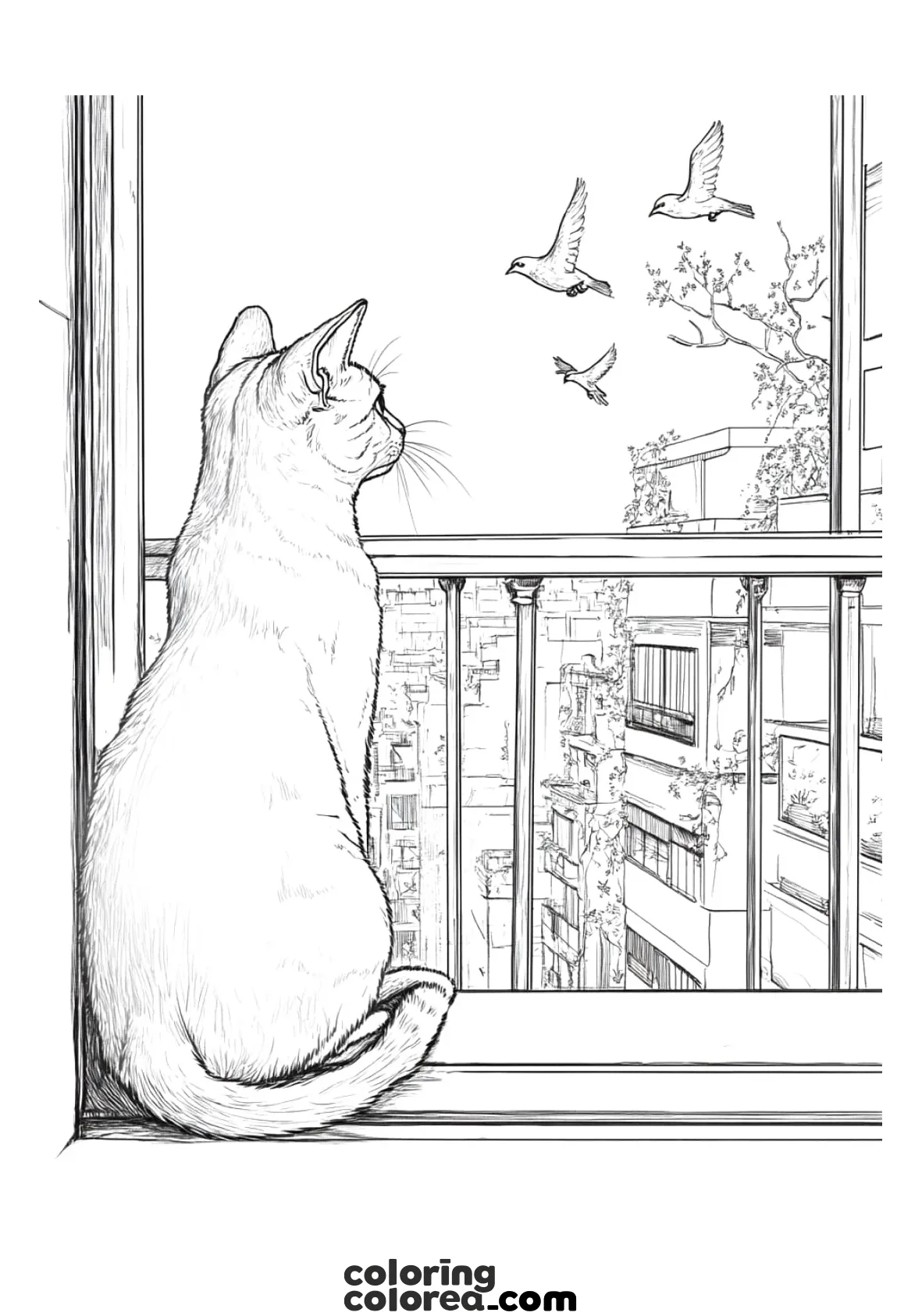
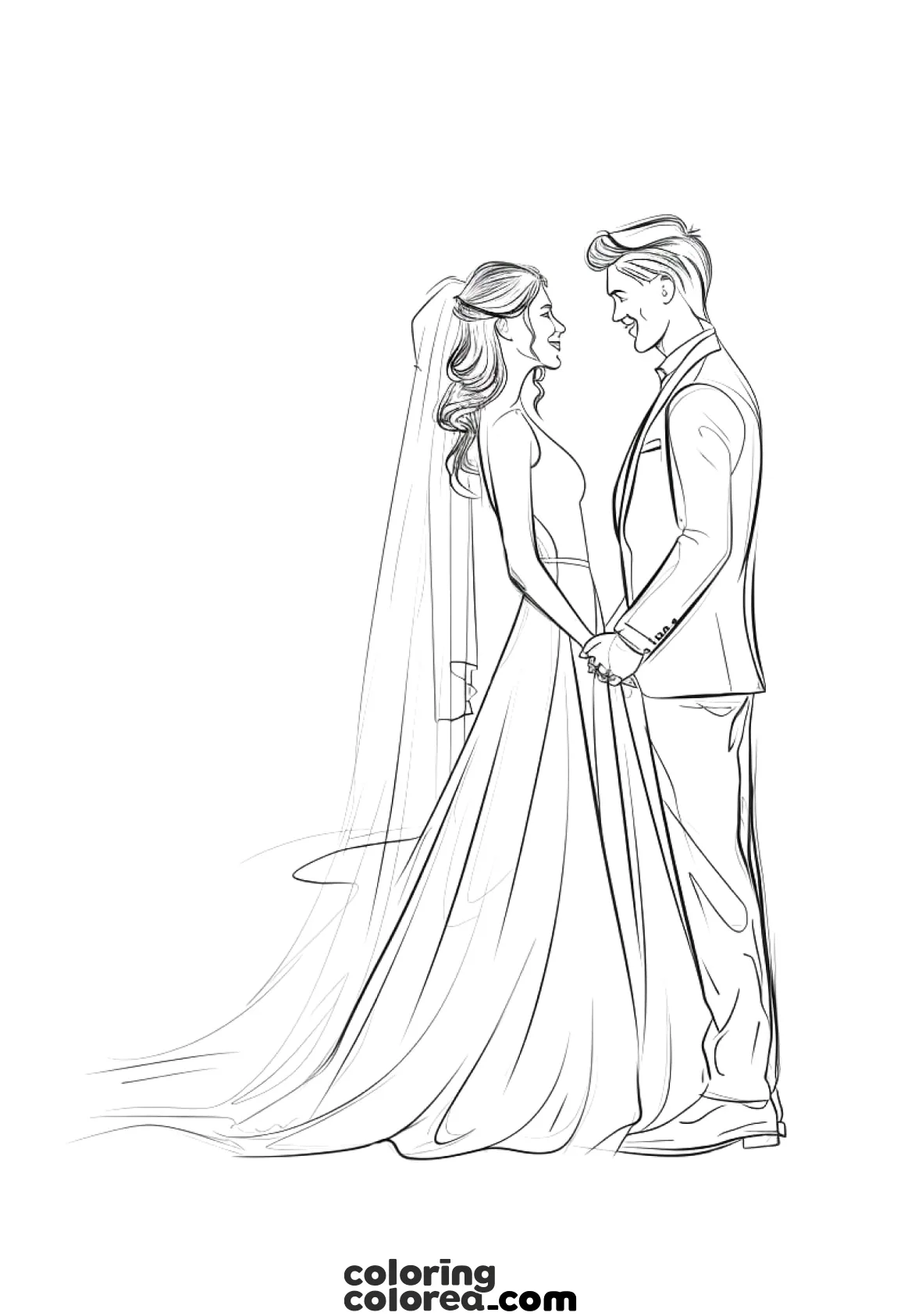
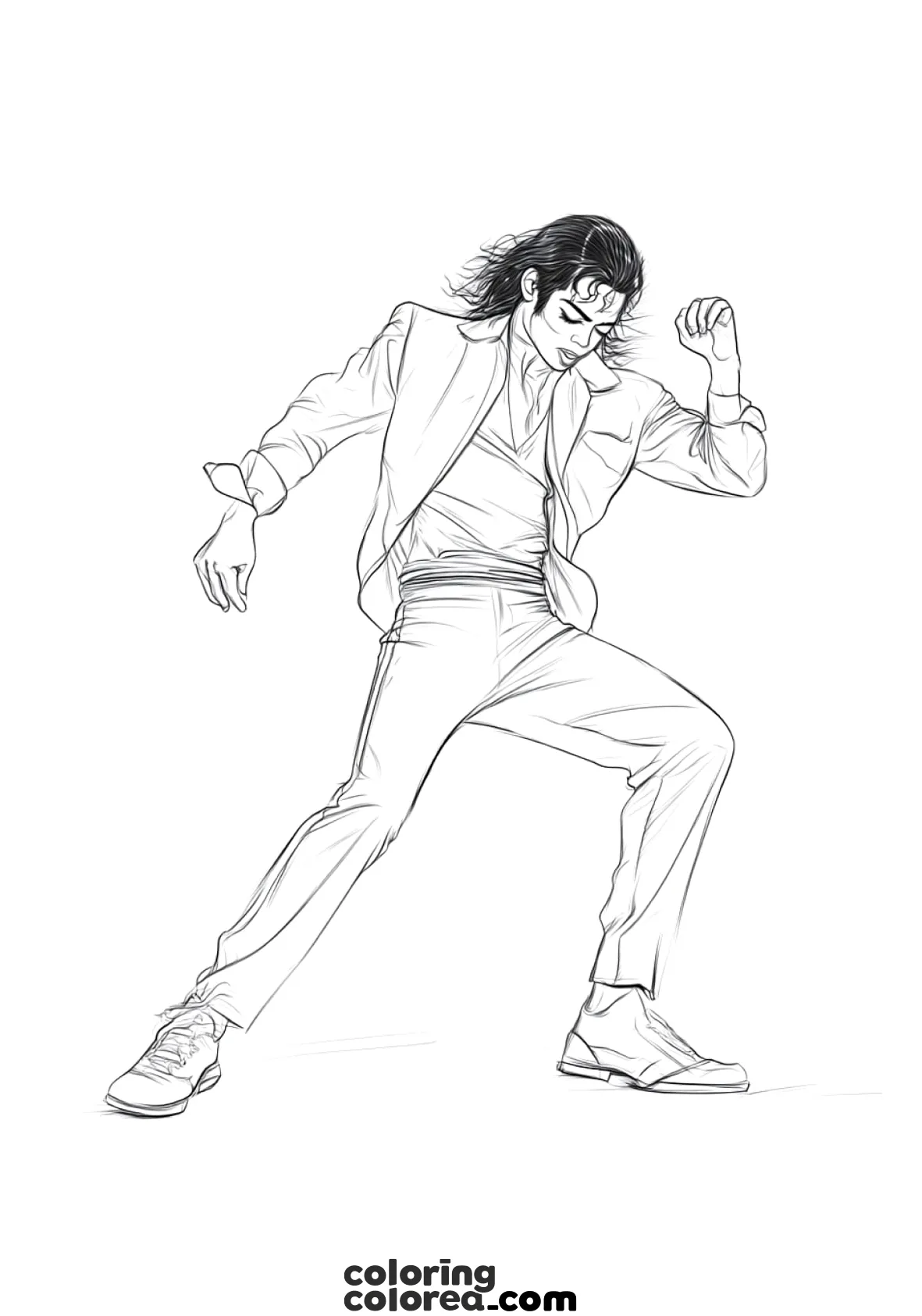
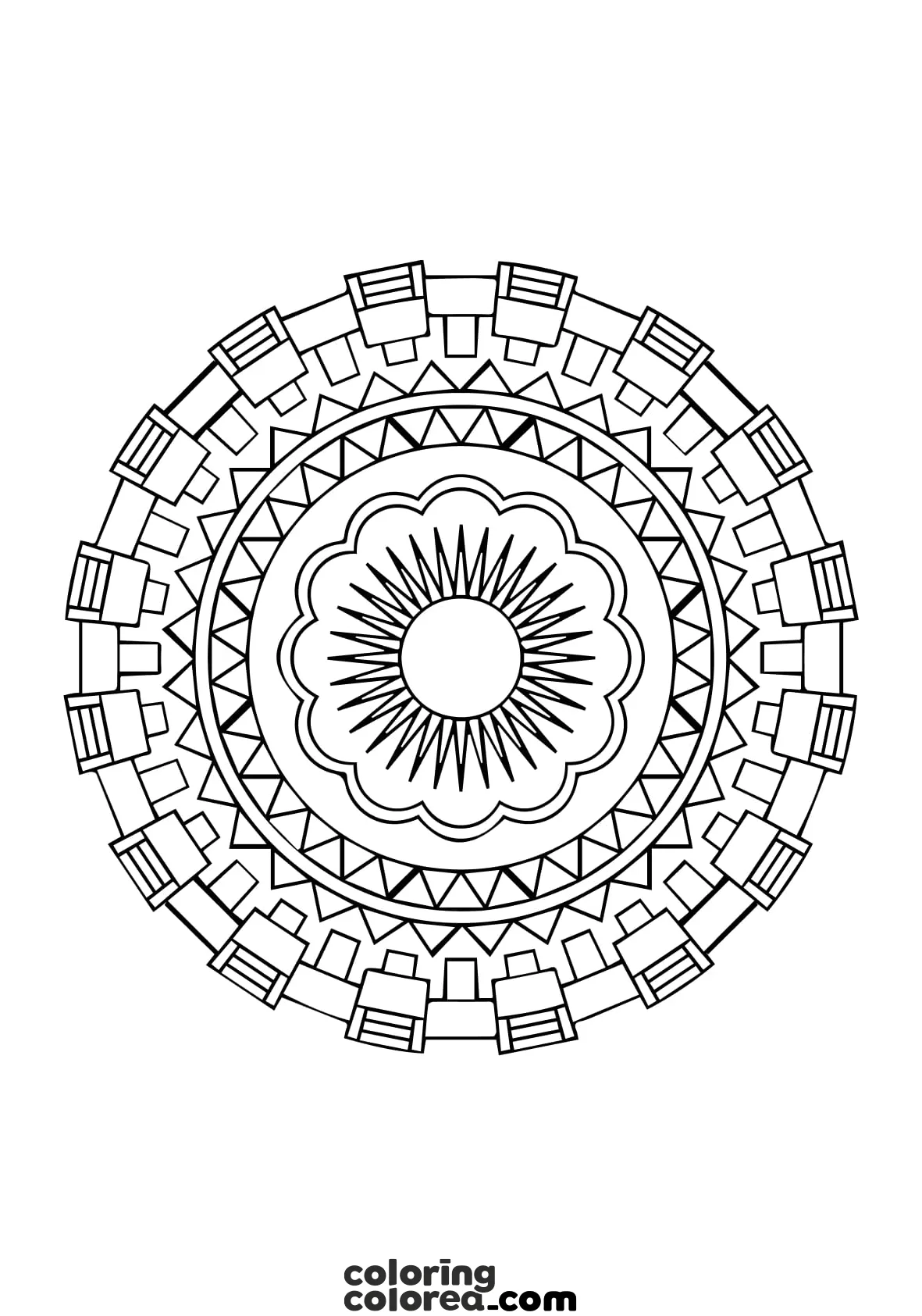
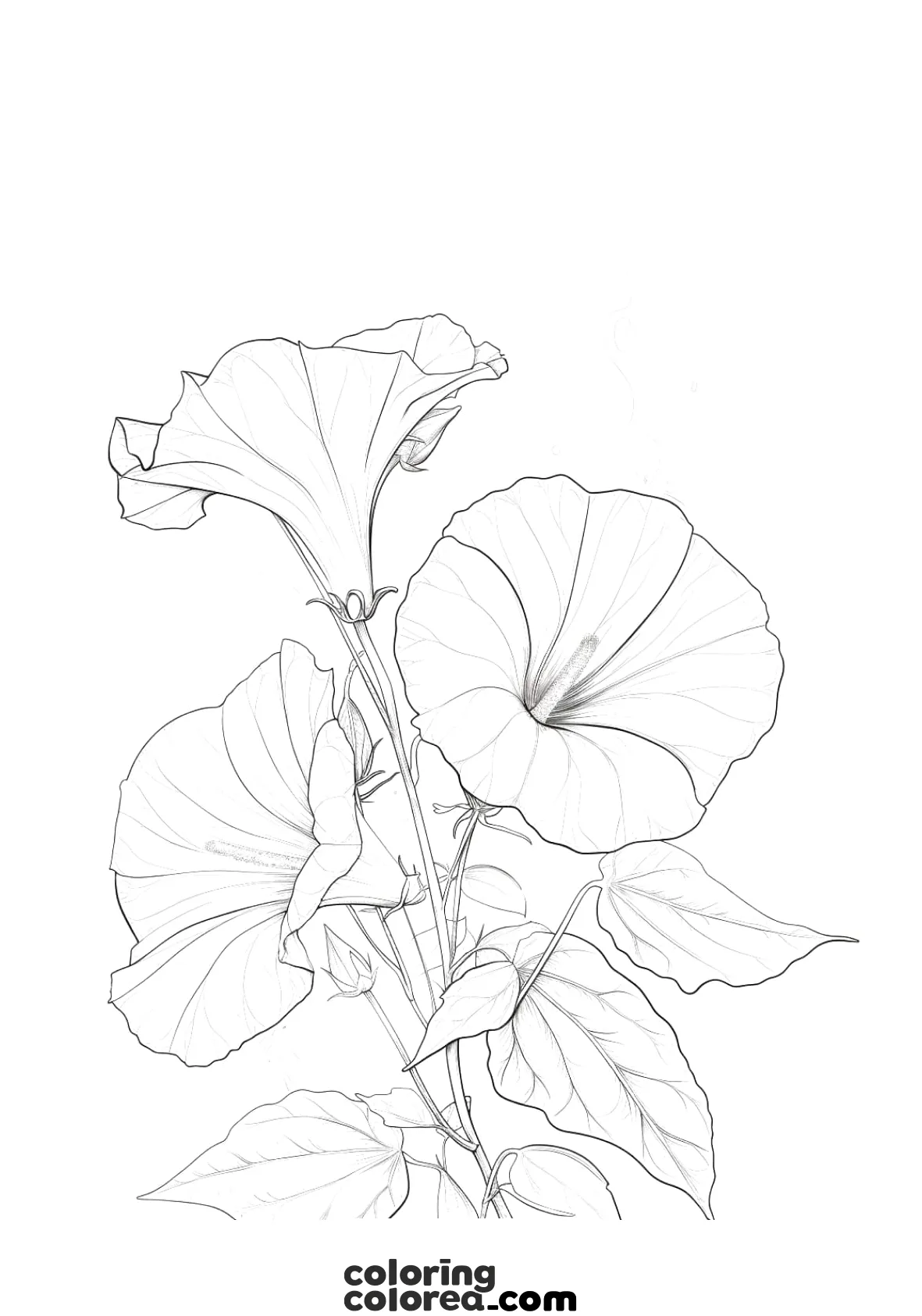
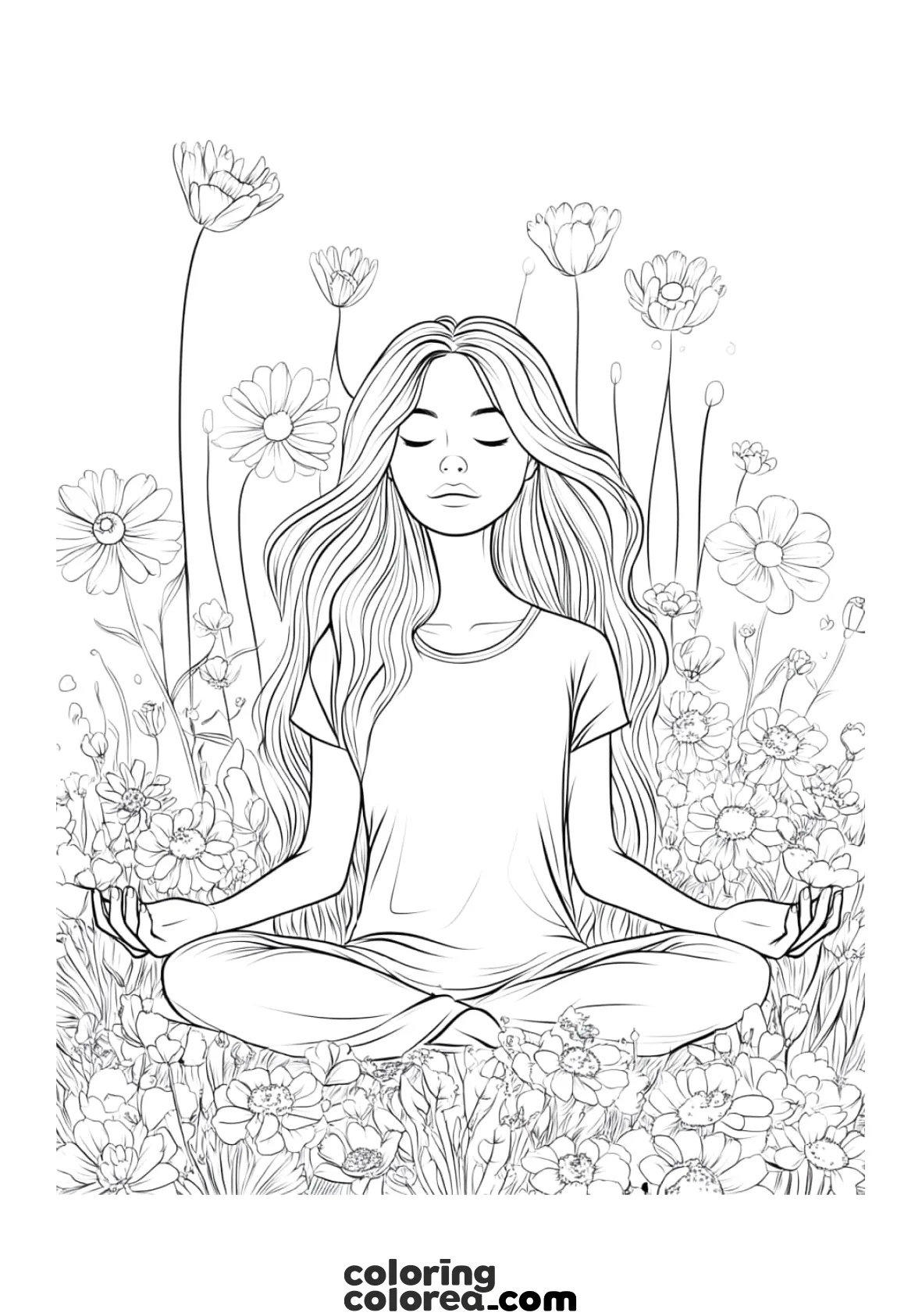
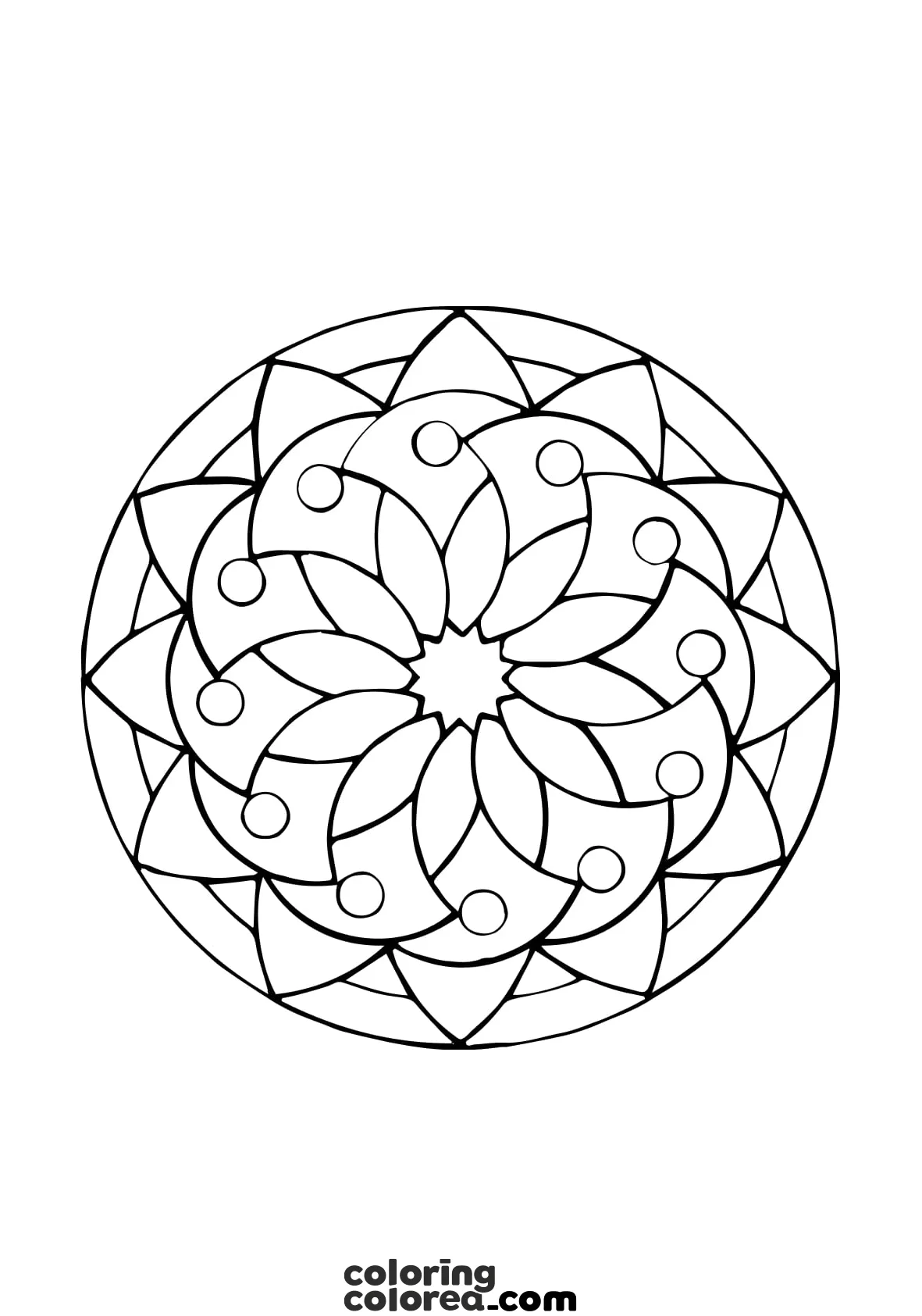
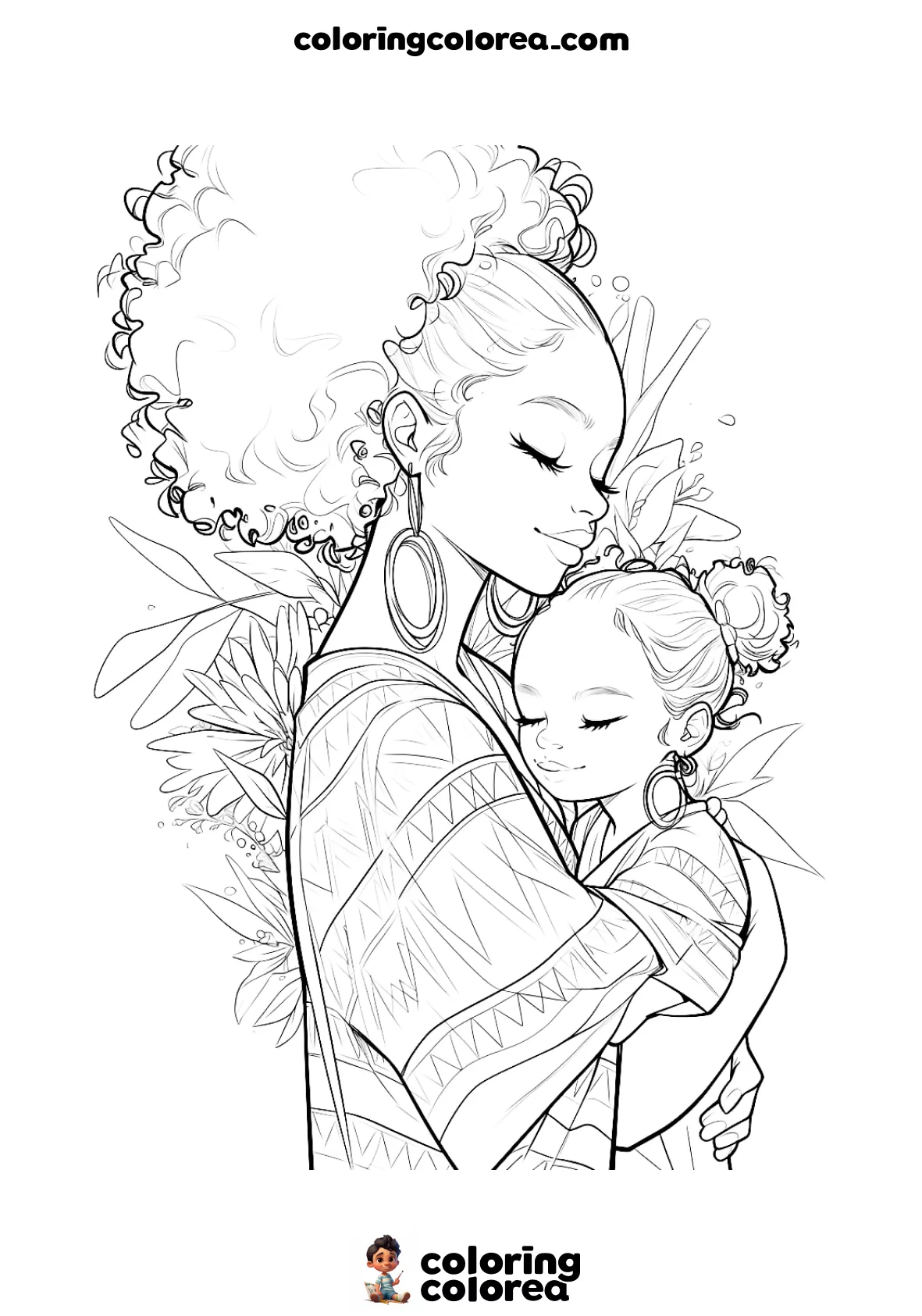


1. Coloring Mandalas: Balance and Harmony
Mandalas are geometric patterns that symbolize the universe. Coloring mandalas helps you center your mind, reduce anxiety, and promote mindfulness. Mandalas are one of the most popular options among adults. These geometric and symmetrical designs are perfect for meditation and focus. When coloring a mandala, we recommend starting from the center and working your way outwards, using colors that flow from lighter to darker shades to create a harmonious effect. Colored pencils and fine-tipped markers are great tools for achieving precision in smaller details.
Tip: Experiment with complementary color combinations and gradients to give your mandala a unique touch. If using markers, be sure to apply light pressure to avoid bleeding.
2. Landscapes: Find Your Sanctuary
Landscapes transport you to peaceful and serene places. Coloring landscapes allows you to relax and escape from the daily routine. Landscapes require special attention to depth, shadows, and highlights. Here you can work with colored pencils, watercolors, or even pastels to achieve soft, realistic effects. If you’re coloring landscapes with mountains, rivers, or skies, try using different shading and blending techniques to create a sense of three-dimensionality.
Tip: When working on landscapes, use layers. Apply lighter colors first, then add darker details to highlight areas that need depth or volume.
3. Abstract Designs
Abstract art gives you total freedom to play with shapes, patterns, and colors. There are no strict rules here, but you can experiment with mixed techniques, such as using watercolors along with colored pencils or markers, to create interesting effects.
Tip: Use blank spaces strategically to balance the design and make vibrant colors stand out even more.
4. Coloring Techniques
Several techniques can be employed when coloring:
- Shading and blending: Use soft colored pencils and blend with your fingers or tissue for smooth transitions. This is ideal for creating volume and depth.
- Layering: Apply several layers of color, starting with lighter shades and building up to darker ones. This technique is essential for working with details.
- Watercolors and colored pencils: For a more professional finish, use watercolors to cover large areas and then add details with colored pencils.
- Pointillism technique: To give texture to your drawing, you can apply small dots of color, creating soft shading effects and light transitions.
5. Final Tips and Tricks
- Use high-quality paper to prevent colors from bleeding or the paper from wrinkling, especially if working with watercolors or markers.
- Experiment with different color combinations to find palettes that represent you. Don’t be afraid to mix cool and warm tones.
- Take your time. Adult coloring is a relaxing activity, and there’s no rush. Enjoy the process and each stroke.

